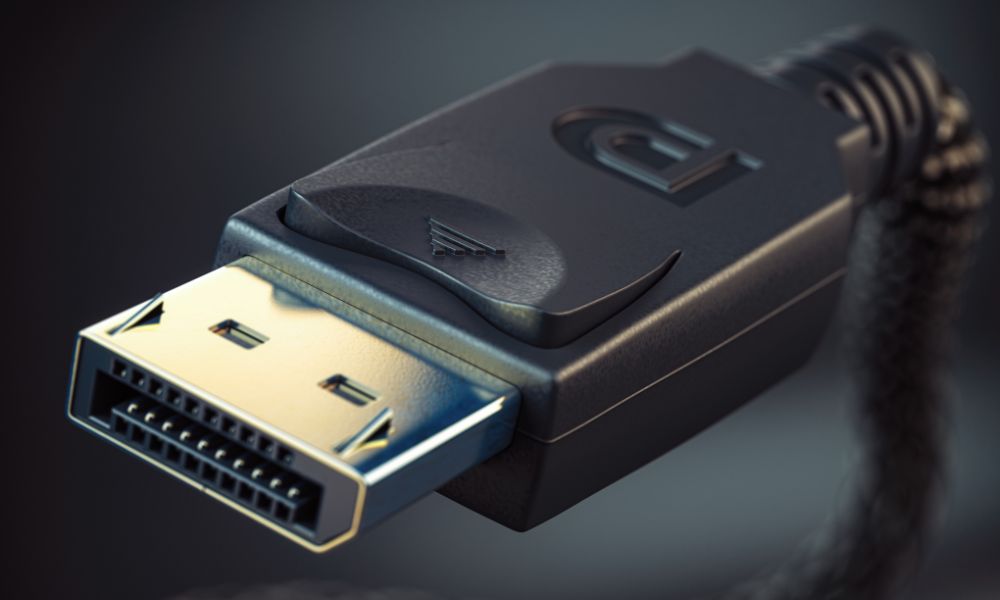
Many people rely on DisplayPort (DP) cables for quality video and sound content. It’s important to note that these cables have different standards that provide various capabilities. DisplayPort 1.2, 1.4, and 2.0 are the most prominent models. Consider the differences in DisplayPort 1.2, 1.4, and 2.0 to create the best sound and video between devices.
What Is a Cable Standard?
When manufacturing cables, government agencies, such as the Telecommunication Industry Association (TIA) and Federal Communications Commission, need to ensure they are safe for use and functions as intended. These entities use standards to determine the safety and performance of the cable. If it doesn’t meet these guidelines, it needs more tuning before becoming available to consumers.
The cables we use align with various standards that define their performance and function. Relatively new cables have standards with better performance, making them more popular. DisplayPort cords come in different versions with various standards that separate them in their capabilities and effectiveness in connections.
DisplayPort 1.2
At the beginning of 2010, the introduction of DisplayPort 1.2 created a significant opportunity for network connections. This standard had a 17.28 Gbps data rate, which was noticeably faster than version 1.0 and 1.1’s 10.8 Gbps rate.
The High Bit Rate 2 (HBR2) provided excellent resolution and refresh rates at the time. With this version, daisy chains became possible with multiple monitors and more color. Not many people use DisplayPort 1.2 compared to more current versions, but this reliable cable standard works well for modern technology applications.
DisplayPort 1.4
This version of DisplayPort has improved features compared to DisplayPort 1.2. The six-year gap between the two versions makes the differences noticeable. The 1.4 cord uses HBR3 and has a 32.4 Gbps rate, nearly twice as much as 1.2. Monitors and TVs that use DisplayPort cords of this version have significantly high resolution, even 4K resolution!
The audio of the 1.4 is significantly boosted compared to the former versions, with 32 audio channels instead of the eight. This version shows its reliability through clear audio and picture on a screen. Many people continue to use 1.4 DP cables despite more current standards with improvements.
DisplayPort 2.0
Having only come out in 2019, DisplayPort 2.0 has many great features that people love. One of the most clear differences between DisplayPort 1.2, 1.4, and 2.0 is the addition of high dynamic range (HDR) instead of HBR.
This addition improved refresh rates and supported resolutions up to 8K. The 77.37 Gbps rate ensures fast transmission and a great picture. Although version 2.1 is the current standard, many people rely on DisplayPort 2.0 for the best connections.
The different versions of DisplayPort are important to consider as you seek a cord that provides excellent video and audio. Consider these differences for the best DisplayPort cable to get great signal transmission and improved sound and video.



